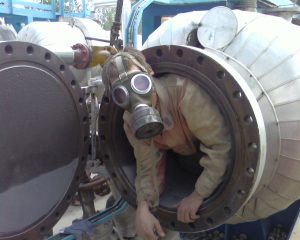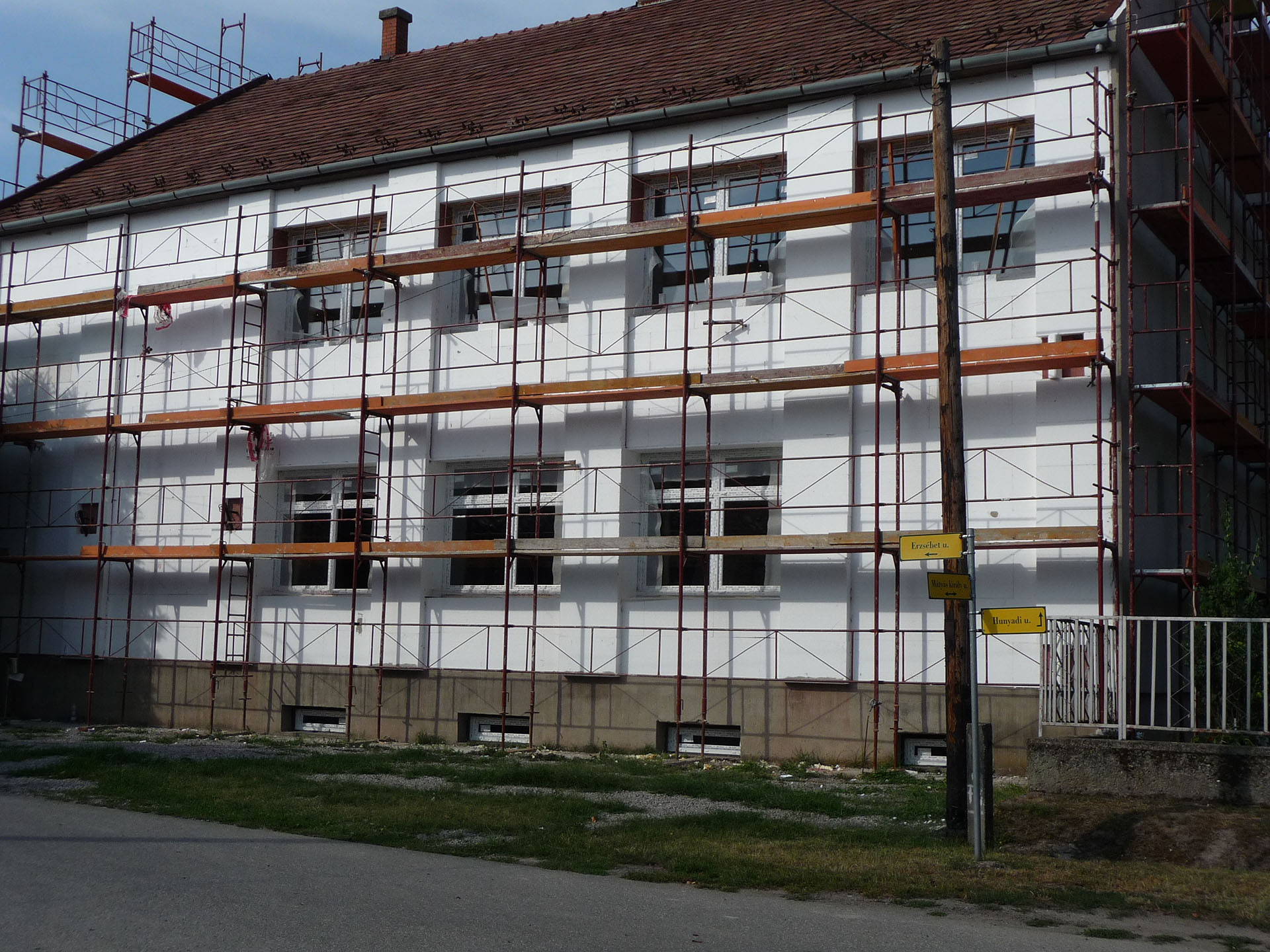There are a number of problems that may arise when doing thermal insulation on an existing building which for lay people may not be prepared for. Nowadays, an incompetent builder would be spoilt of choice when choosing a thermal insulating material, because the end result from the optimal operation’s point of view really does matter, that what and where the masters built.
Due to its relatively low price, the most widespread and oldest used is polystyrene foam (called styrofoam in common language), which has two types. The expanded (EPS), open-cell, and later-developed, more modern extruded (XPS), which is more expensive, but their thermal insulation properties do not deteriorate even due to moisture. They can also be used for plinths or flat roofs of reverse layer order. In some enhanced versions of tabular polystyrene-based products, graphite additive enhances the thermal insulation capability.
Due to their good adhesion, homogeneous structure, and fast completion, polyurethane-based insulating foams blown out from tanks on-site are also gaining ground more and more, which are suitable for high mechanical resistance insulation of masonry, slabs and sockets. They are sensitive to ultraviolet radiation, so plastering must be started right after installation. It is good to keep in mind, that all of these materials are not sound-proof.
Products made of natural materials, various fibrous insulating materials as well as cork, wool and paper are increasingly successful. In fact, they are more expensive, but more durable and are excellent in vapor transmission. Mineral-based fibrous products are grouped into silicate fiber and glass wool depending on their basic commodity. Silicate fibrous thermal insulators (rock wool) are a mixture of volcanic and sedimentary rocks produced at high temperature with bond insurer resin. Because of their open pore structure, they cannot be exposed directly to water, but the water that got inside the structure is getting evaporated in a short time and then dry out. They are practically un-burnable. The glass wool is also made with synthetic resin bond, by melting and fiberizing a mixture of finely ground glass and other raw materials. They are manufactured in many different shapes, such as sheets, coils, felt, or they form different profiles from them. There are also some step-proof versions that are widely used for walkable slab of lofts. Perlite is also made of volcanic rock. The finer granular is better insulating, but less solid, the coarse particles are more solid, but they are weaker insulators. They are classified into five groups depending on the fineness of grain. Do not expose to horizontal loading, it may compact.
Thermal insulators are also made from plant materials, cementitious, excelsior based chipboard is used as remaining formwork by wreaths, lintels. But it is also made of reed, straw and corkwood for heat and sound insulation. various colored, surface treated cork-boards, coils, and the flexible after solidification, crack-bridging grist which makes a hot-acting layer are popular. Cork which is excellent for heat and sound insulation, due to it’s high price, it is mainly used as wall and floor covering.
The reed plate can be used for slab and roof insulation, it is available in 200×100 cm board packaging in 3-5 cm thickness. While composites created by combining and associating various materials can be very useful and versatile, they eliminate the disadvantages of the components while combining their benefits. Most of them are good heat and sound insulators at the same time.
Technical miracles of our age have also appeared on the market, such as the aero gel or vacuum board which has super properties and a high insulating capacity even in thin layers. It is important to clarify the type and desired degree of insulation when planning the implementation and then select the types of materials to be used while taking that into consideration.
FEATURED SERVICES
COATING TECHNIQUE

SURFACE PREPARATION

GENERAL IMPLEMENTATION










